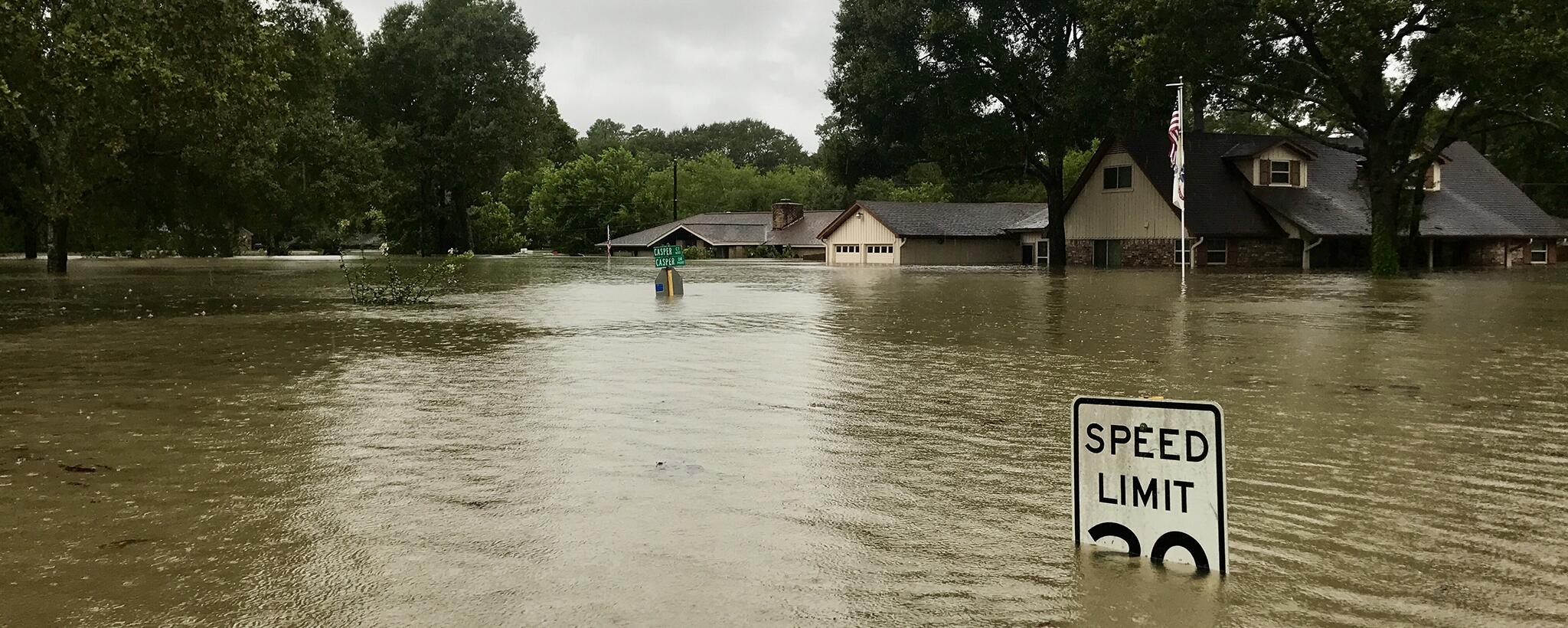How Mortgage Lenders can Save Money and Automate the Flood Certification Process

Flood certification is a necessary processing step for nearly every mortgage. It determines whether or not the mortgage lender will require the borrower to purchase and maintain flood insurance before funding the loan.
Damage due to flooding is not covered by most homeowner policies, and even a few inches of floodwater can cause catastrophic damage to the structure of the property—in other words, to the value of the collateral for the loan. Lenders do not want to be stuck taking back a property that has been rendered almost worthless due to flood damage.
That being said, flood certification has historically been time-consuming and cumbersome to obtain and lenders often pass on a “flood certification fee” to the borrower as a closing cost.
There is a Flood Certification solution helping mortgage lenders gain a competitive advantage. Some mortgage lenders have even decided to not charge flood certification fees to borrowers. How can mortgage lenders automate the flood certification process and cost costs?
How Flood Certification Works
Flood certification, as it applies to mortgage lending, is an official assessment of the property’s risk of flood damage. Different pieces fit together like a puzzle to form a picture of the property’s current and ongoing flood risk, including …
FEMA Flood Zone Status
The Flood Insurance Act of 1968 gave the Federal Emergency Management Agency (FEMA) a mandate to maintain maps of flood risk zones across the nation. Every parcel of land in the US has, in theory, been assessed for its flood risk and included in FEMA’s map to help lenders, underwriters, and other professionals quickly determine a property’s risk of flooding.
FEMA flood maps can be accessed online via a publicly available GIS layer. Any zone with an “A” or “V” designation indicates a flood zone that will usually require mandatory flood insurance.
Elevation Certificate
An elevation certificate is an official confirmation of the elevation of various levels of the house, like the elevation of a mountain above sea level. Elevation certificates could specify the “base floor elevation” (BFE, the elevation of the main floor) or the “lowest floor elevation” (LFE, which could include a basement; the lowest floor is usually at the highest risk of flood damage).
Geoscientists often track flood risk based on the percentage likelihood of flood waters rising to a certain elevation. Even a few extra inches of elevation could make a big difference in the risk of damage to the property in the event of a flood.
An elevation certificate may not strictly be necessary for mortgage flood certification. However, borrowers can often qualify for lower flood insurance premiums if an elevation certificate is included in the flood certification. Without the elevation certificate, the lowest possible elevation is assumed, meaning a risk of flood damage.
Other Aspects of Flood Certification
Flood zone status and elevation certification are crucial pieces of the flood certification puzzle, but other factors go into it as well — particularly since the map is changeable and even the publicly available FEMA map may not represent the most accurate data. Lenders attempting to certify the flood status of a property also need to consider:
Letters of Map Amendment
Sometimes property owners hire third-party experts to conduct independent studies on the flood risk of their property. If they believe their flood zone status is incorrect, they can submit an application to FEMA to change the status. If FEMA approves the application, the bureau will issue a Letter of Map Amendment (LOMA).
Some property owners may even elevate their property with earthen fill. In this case, they can apply for a Letter of Map Change Based on Fill (LOMC-F).
These letters represent an official FEMA ruling, but they may not yet be reflected on the publicly available FEMA flood map. As such, accurate flood certification requires a search for any official LOMA or LOMC that may apply to the subject property.
Life-of-Loan Monitoring
LOL isn’t just an acronym for “laughing out loud” — it also refers to life-of-loan monitoring. Lenders need to be cognizant of official changes in the flood status of a property that may have happened in the past, but also of changes that might happen in the future.
FEMA updates its maps every several years. A property that wasn’t in a flood zone may have its flooding risk elevated, to the point that the lender should require flood insurance whereas they didn’t before. It can happen the other way too — a property that was in a flood zone may have its risk factor downgraded, to the point where a lender may no longer require flood insurance.
Life-of-loan monitoring by a third-party provider enables lenders to get the earliest notification possible of any changes to the flood status of a subject property so they can modify their flood insurance mandates.
How to Automate the Flood Certification Process and Save Money
SnapNHD is a leading provider of automated workflow solutions for natural hazard disclosures (NHD). SnapFlood is their division that provides flood certification automation. Mortgage lenders who use loan origination systems (LOS) that integrate with Snap, like Encompass LOS, can easily automate their flood certification process.
Here is a quick demo video of how SnapFlood is leveraging the automated service ordering API in Encompass to automate the flood process:
SnapFlood Encompass® Automated Service Ordering Workflow
When you integrate your LOS with SnapFlood, you can start a new loan, enter the borrower information and the subject property, and then click “save.” Based on your triggers, the LOS will submit the information to SnapFlood. SnapFlood will instantly obtain the necessary documentation and exhibits. Once obtained, the flood certification materials are added to the loan file within the LOS. That’s it—no extra legwork on the part of the loan officer or their support team. It all happens automatically in the background.
Most mortgage lenders have an Operations team member or Processor ordering the Flood Certification manually. This is unnecessary and takes away from valuable and important duties that mortgage operations staff should be focusing on.
SnapFlood’s automated Flood Certifications are actively saving mortgage lenders’ time and money.
SnapFlood flood certificates are E&O-insured and include:
- Accurate flood zone data drawn from FEMA sources.
- Review of any letters of map amendments (LOMA) to detect changes to the official map.
- Life of Loan (LOL) notification so the lender can be made aware of changes to the flood map over the entire life of the loan.
———————————————————————————————————
Contact us at [email protected] to learn more about our low-cost pricing and how you may be able to set up automation with SnapFlood. We are actively cutting costs for our mortgage lender partners by beating the rates of large providers and automating their Flood Certification workflow. Flood certification is a time-honored annoyance in the mortgage lending industry — but it doesn’t have to be. Through the power of automation, and with the help of trusted partner like SnapFlood, flood certification can be streamlined and painless so you can focus on helping your clients have a great purchase or refinance experience.

